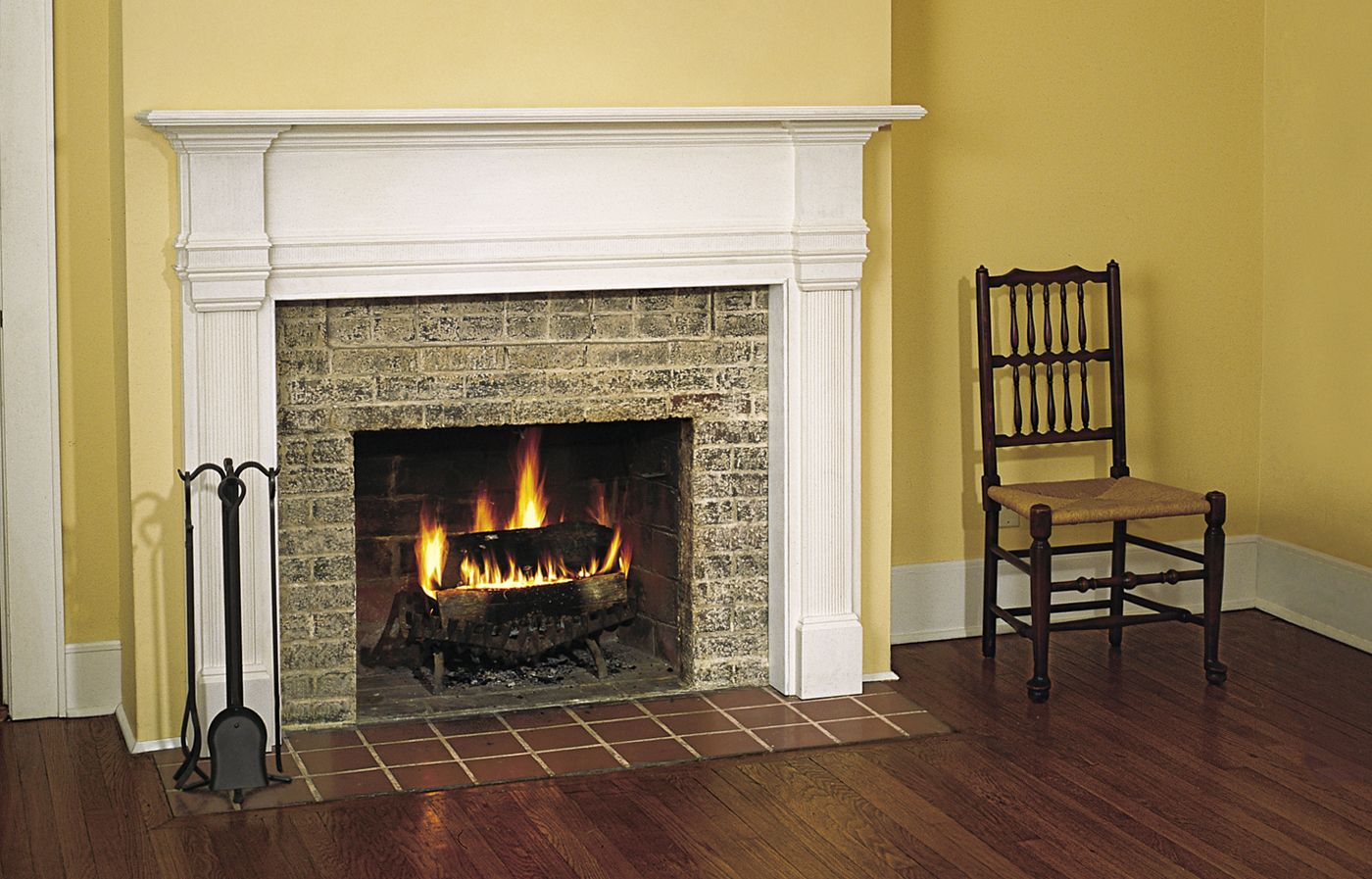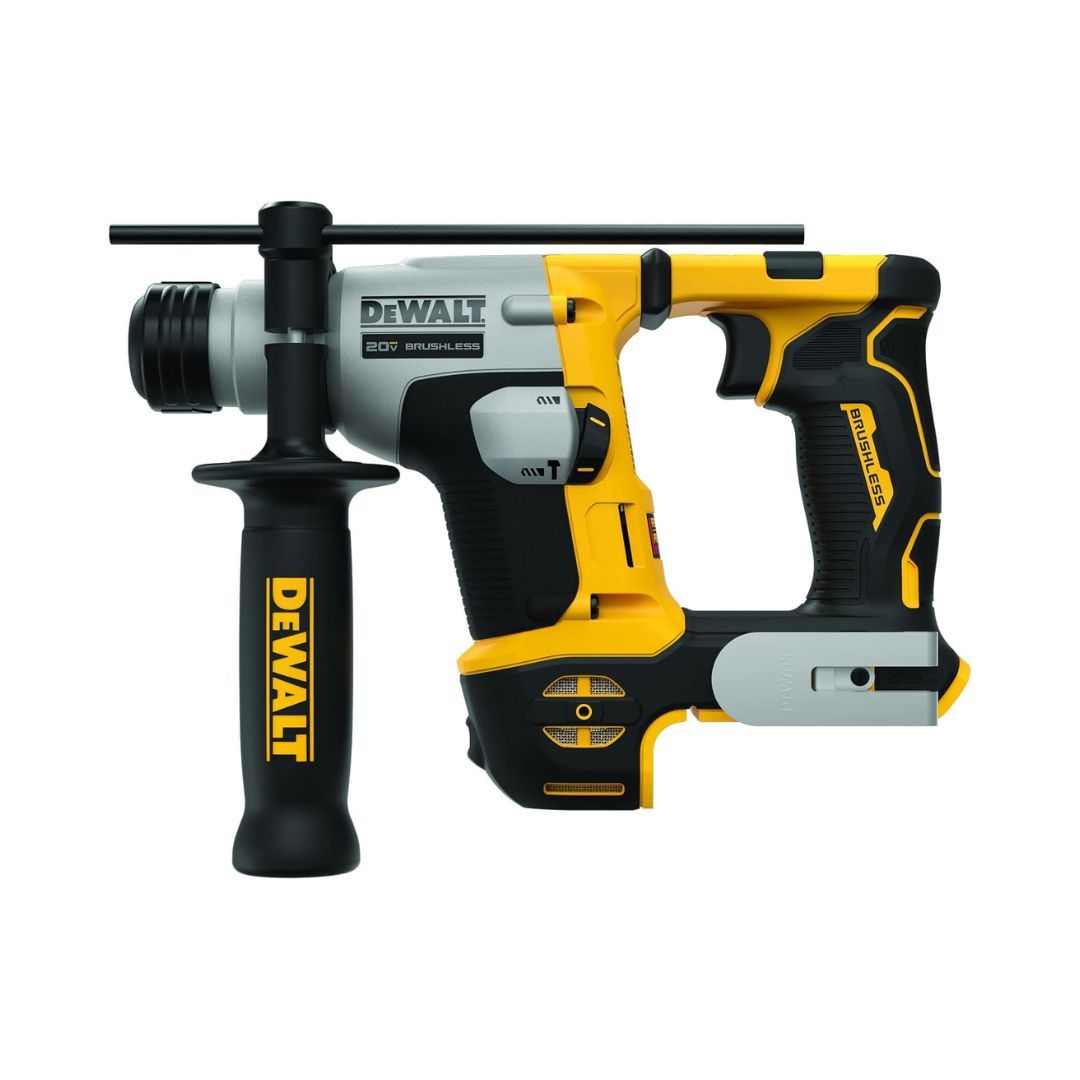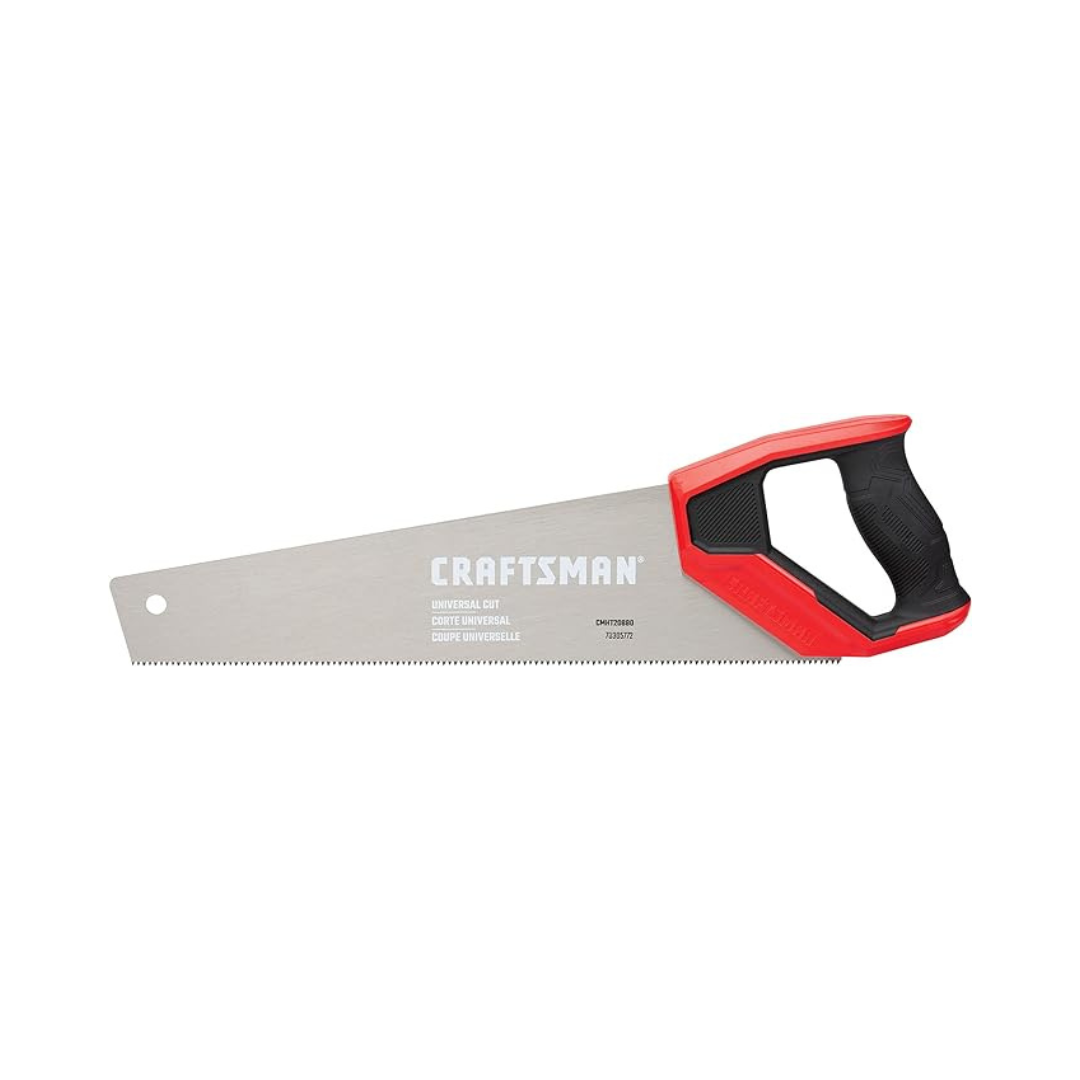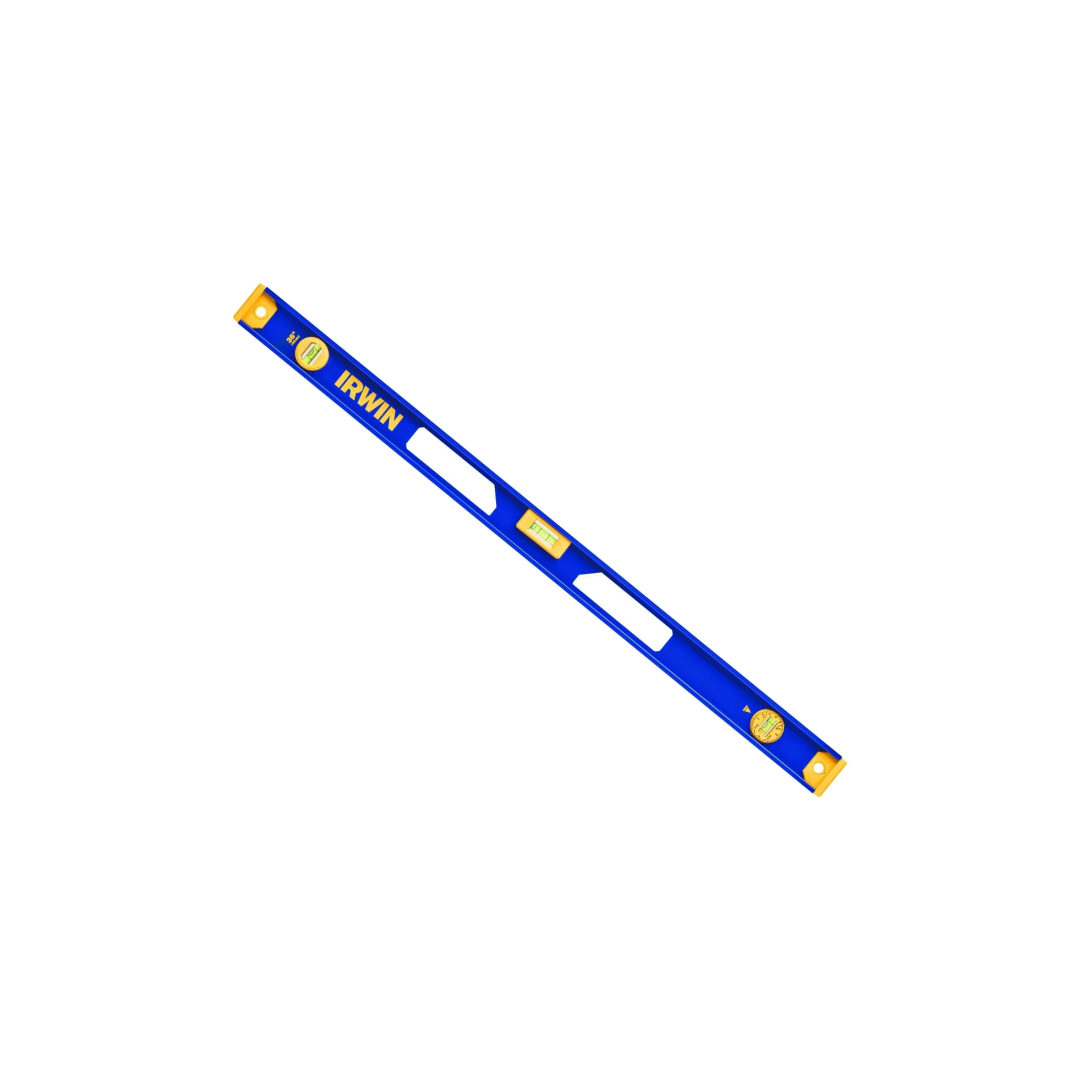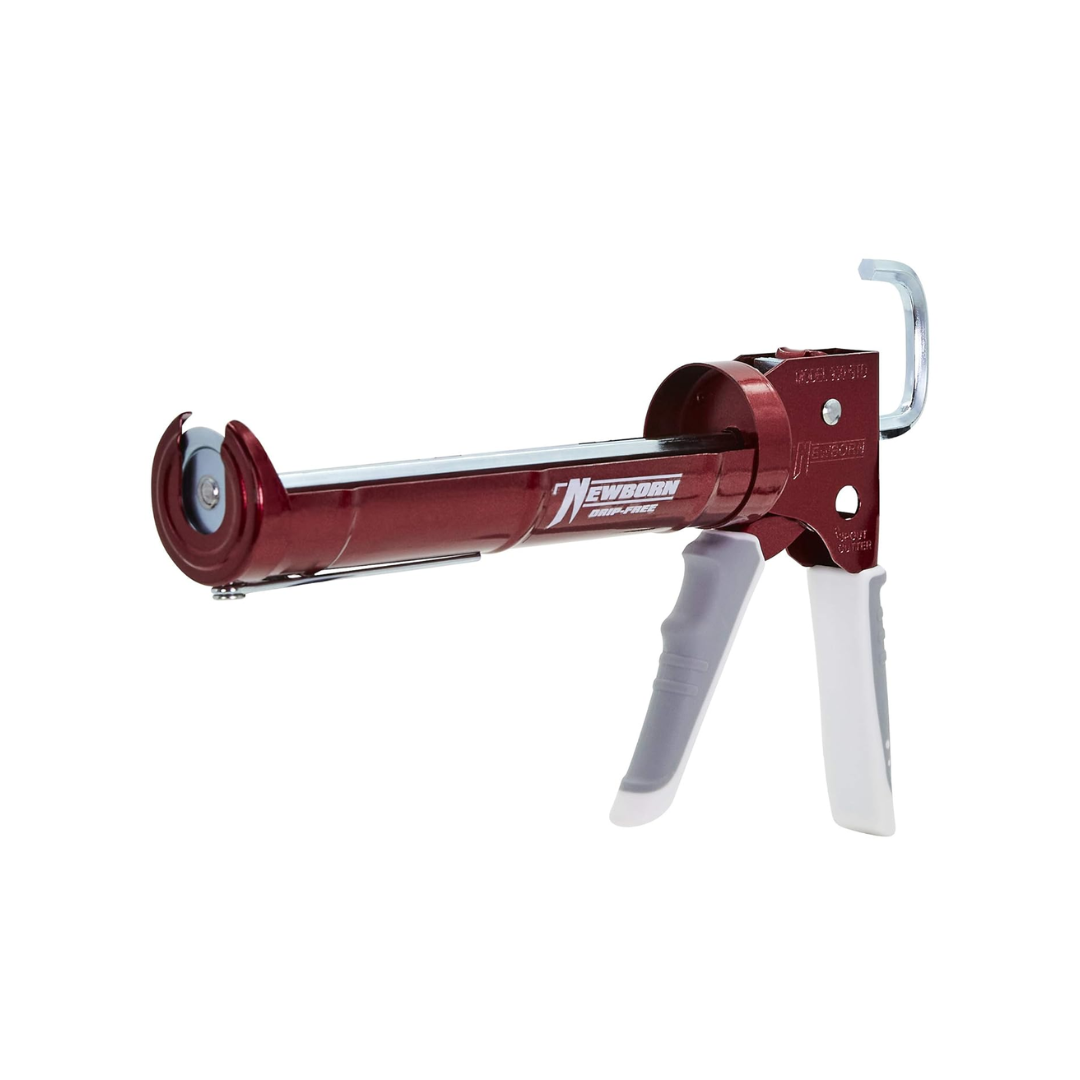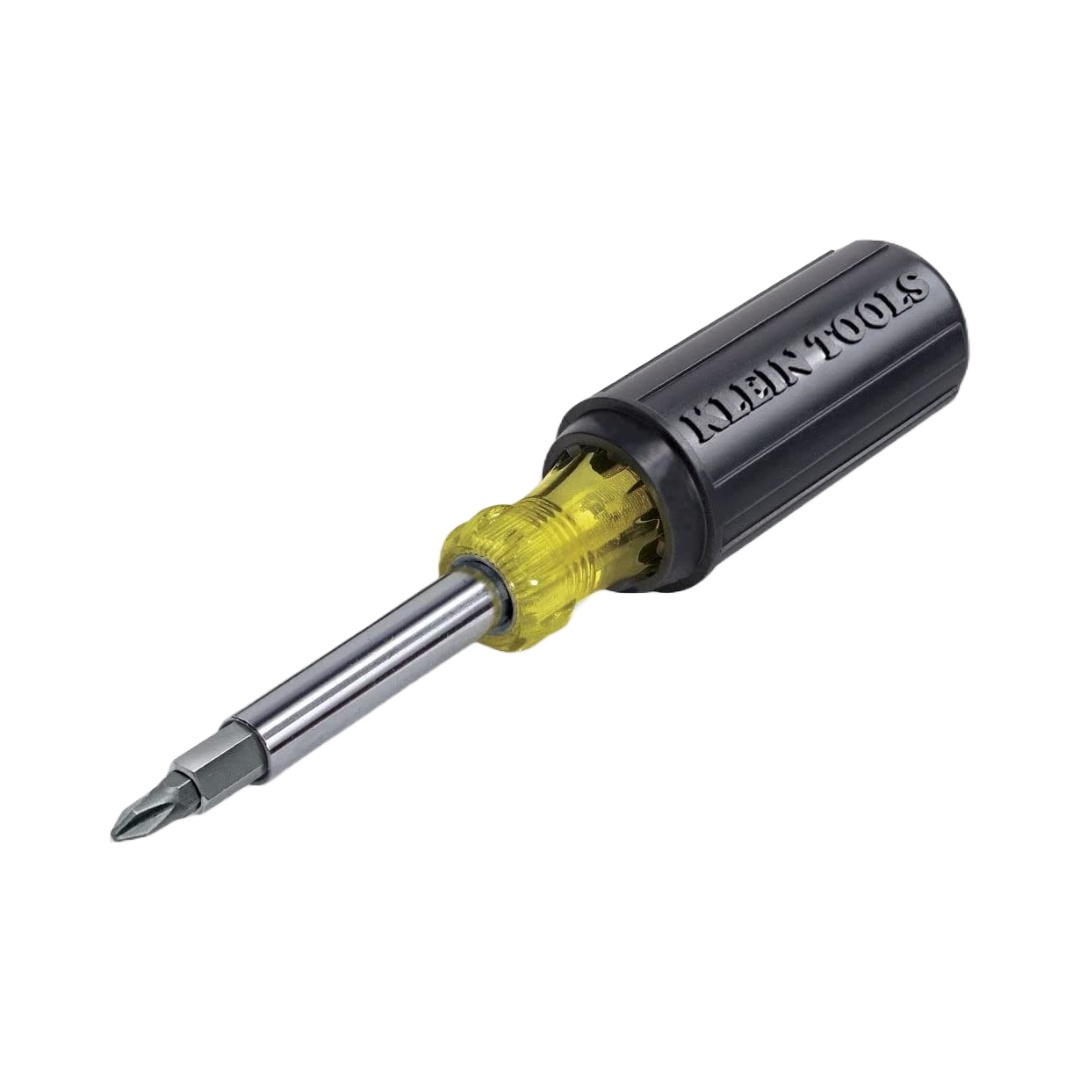We may be compensated if you purchase through links on our website. Our team is committed to delivering honest, objective, and independent reviews on home products and services.
Project details
Skill
Cost
Estimated Time
Installing a fireplace mantel can dramatically transform the look of your living space. It requires some skill but is a fairly easy task for most homeowners with basic DIY experience. A mantel gives you a centerpiece for your room, a functional surface to decorate seasonally, or a mount for a television. In this guide, we’ll walk you through each step of installing a fireplace mantel, from preparation to the final touches.
Cost data in this article was sourced via Angi.
Mantel Overview
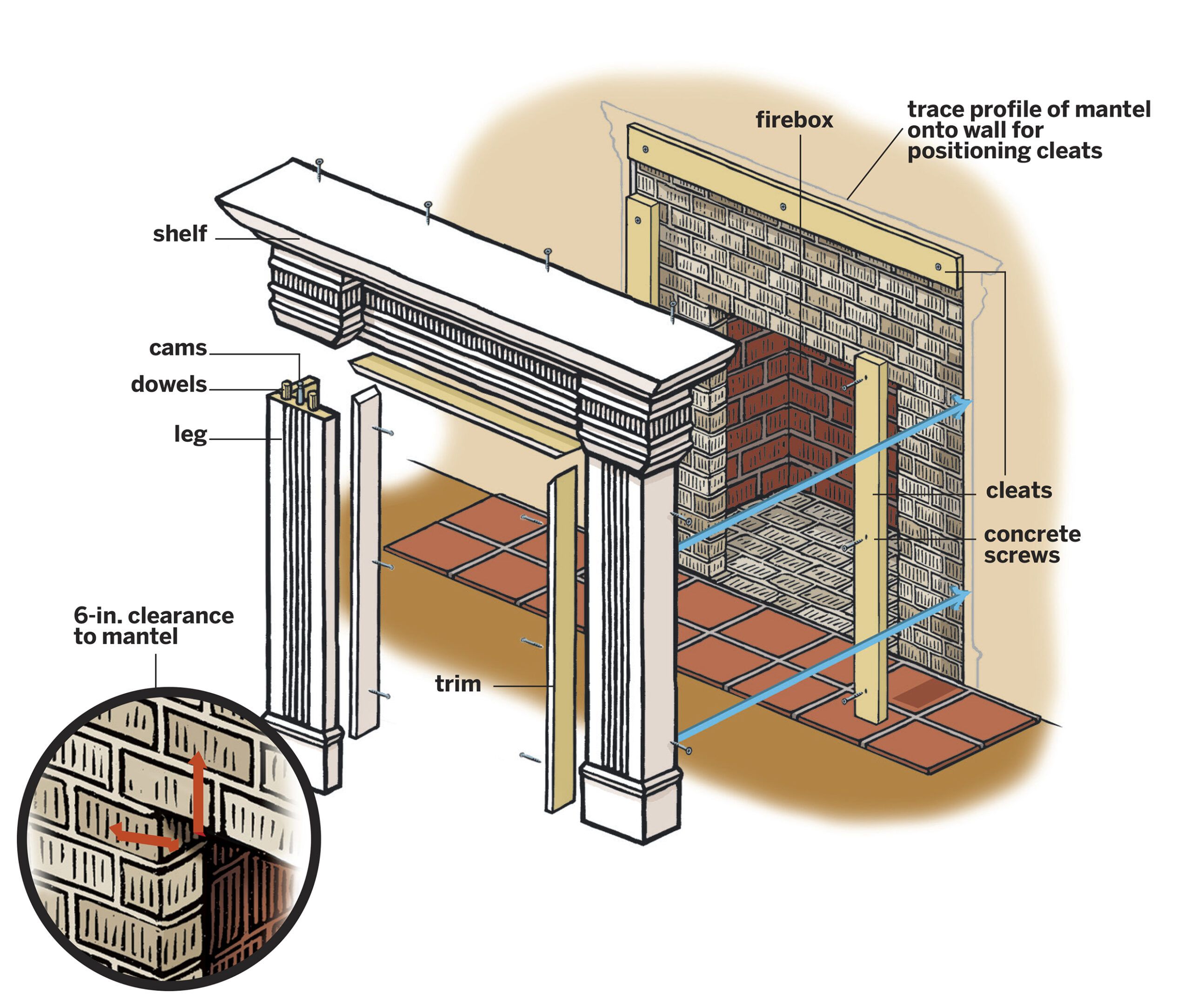
There are two primary safety concerns to address when installing a wooden mantel: ensuring the mantel isn’t too close to the fire and securely attaching the heavy piece to the wall. The National Fire Code stipulates that all combustible material must be 1 inch away from the firebox opening for every 1/8 inch it protrudes from the surface, with a minimum 6-inch clearance all around. Local codes take precedence over national codes if they have stricter guidance.
Many mantel-kit companies suggest toenailing the piece through the shelf directly to the wall or using silicone caulk. However, for a sturdier installation, we recommend attaching the mantel to cleats—simple pieces of lumber securely fastened to the wall. This method provides better support and will help your new mantel hold up better over time.
Tools for Fireplace Mantel Installation
Gather the tools you’ll need to perform the installation. Having everything on hand ahead of time will make it easier to get through each step smoothly. Here’s a list of essential tools you’ll need:
- Caulk gun
- Hammer drill
- Level (3 foot)
- Masonry bit (3/16-inch)
- Saw
- Torpedo level
- Screwdriver
- Tape measure
You may find the following tools helpful as optional add-ons for safety and convenience:
- Paintbrush or stain applicator
- Pencil for marking
- Safety goggles and dust mask
- Sandpaper (various grits)
- Stud finder (for wood-stud walls)
- Wood glue
Fireplace Mantel Installation
Follow this step-by-step guide to safely and effectively install your new fireplace mantel.
1. Assemble the Mantel Pieces

Begin by preparing your mantel pieces:
- Sand, prime, or stain the mantel before assembly, but wait to apply the final coat until after installation.
- Place the mantel shelf top-down on a protective surface like a tarp or rug.
- Carefully slide the legs onto the shelf, aligning the dowels with their corresponding holes.
- Apply gentle pressure while wiggling the legs to ensure a tight fit at the seams.
- Secure the assembly by twisting the screws a quarter-turn to lock the cams in place.
Hardware may vary among manufacturers, but placing the shelf top-down and sliding the legs on is typically the safest method for assembly.
2. Dry-Fit the Mantel
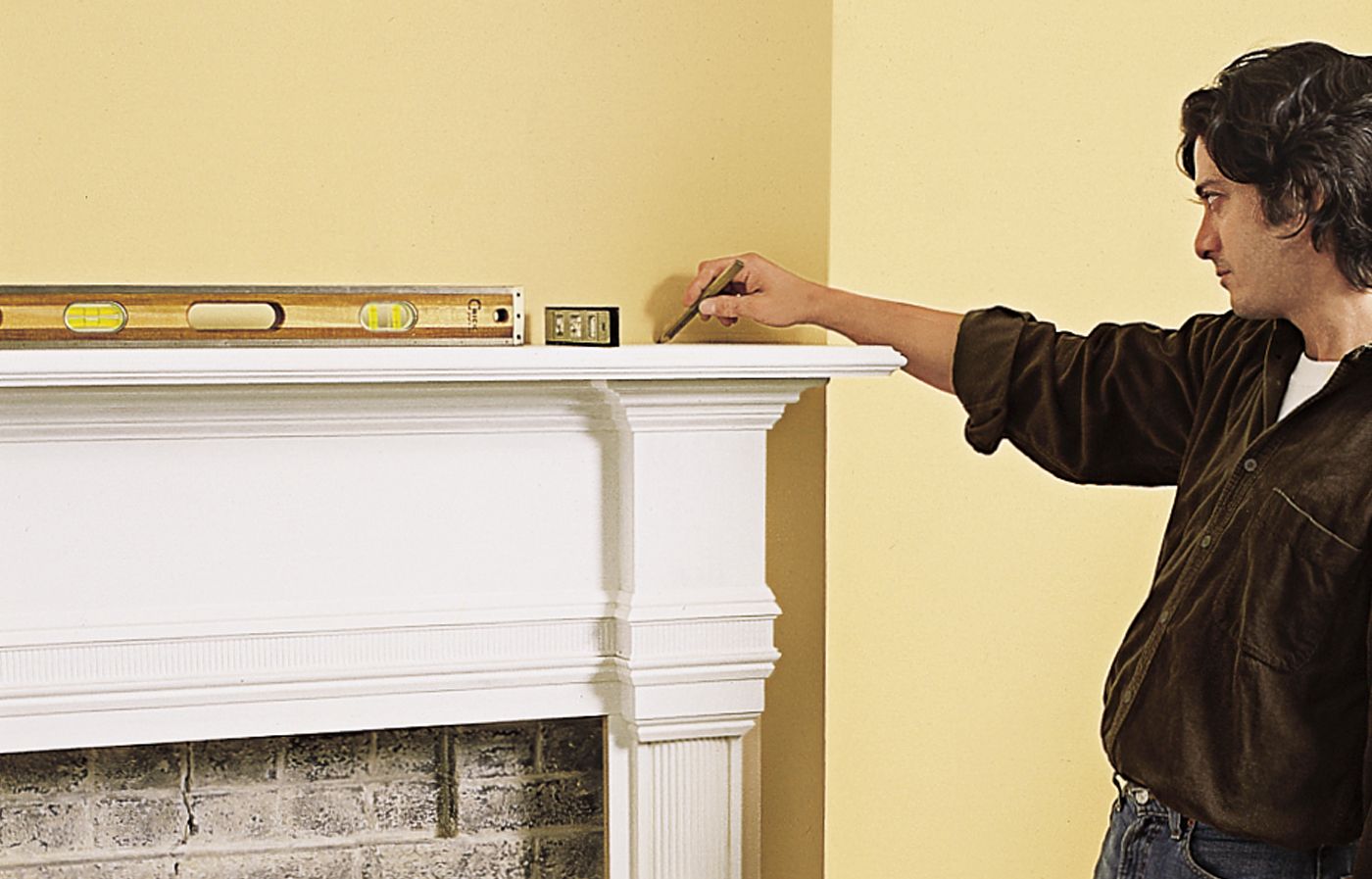
Next, position the mantel against the wall:
- Enlist a helper to hold the mantel in place while you center it around the firebox.
- Use a 3-foot level to check if the mantel is level horizontally.
- Employ a torpedo level to ensure the shelf is level from front to back.
- If necessary, place shims under the legs to achieve perfect leveling in both directions.
- Lightly trace the mantel’s outline on the wall with a pencil for reference when positioning the cleats.
Tip: Mantels are often top-heavy. Allowing the shelf to tilt slightly back toward the wall can help hold it in place during installation. You can adjust the legs to be flush with the wall when securing it to the cleats.
3. Position the Cleats
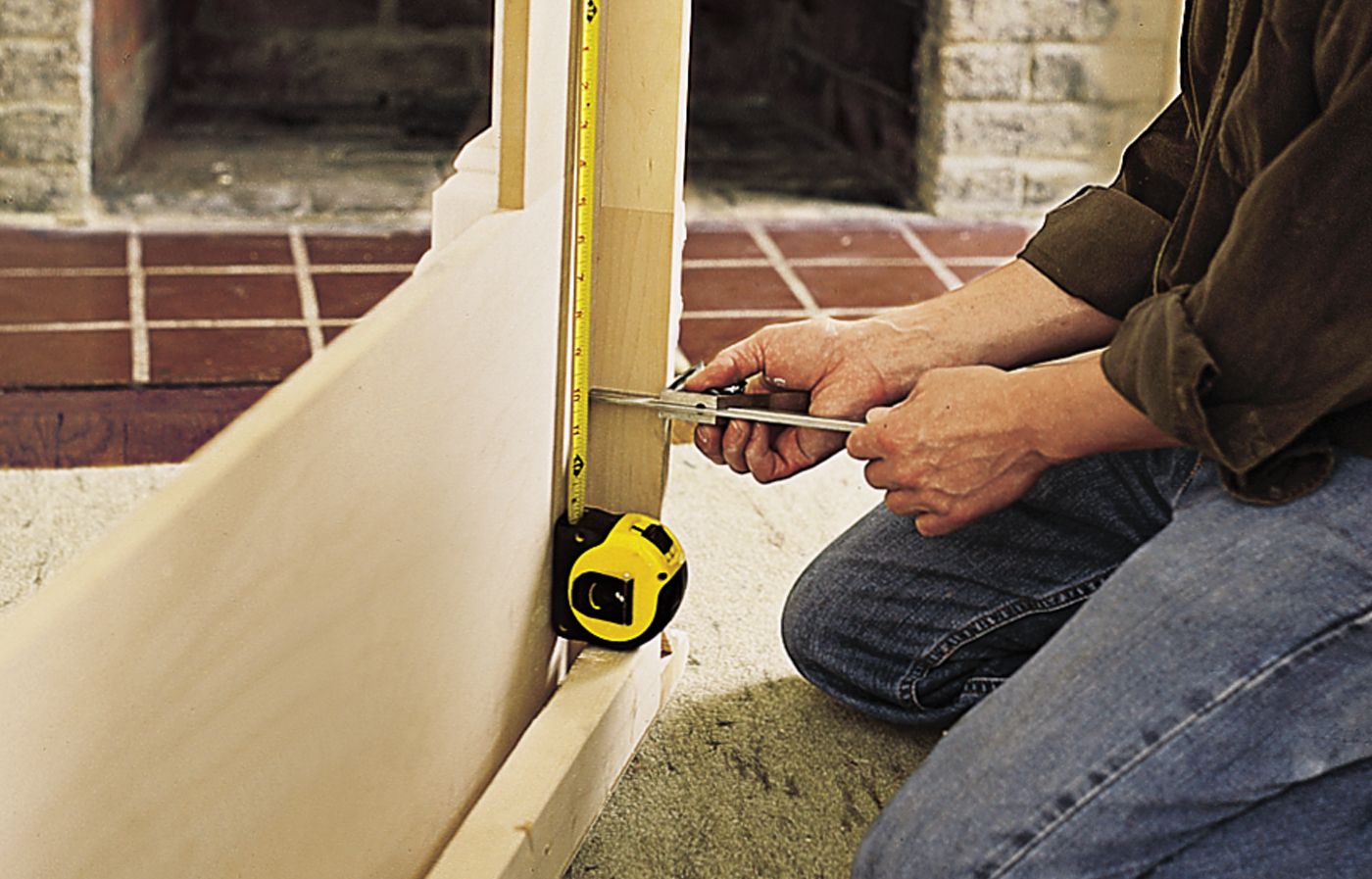
Precise positioning of the cleats is more important than having them snug. This allows for easier adjustments during installation. Prepare the cleats for installation by following these steps:
- Measure the inside width of the shelf to determine the length of the horizontal cleat.
- Cut a 2×4 to this measurement and dry-fit it inside the shelf.
- Measure for the length and depth of the vertical leg cleats.
- Cut 2×4 cleats for the legs, doubling up if necessary for thicker mantels.
- Dry-fit all cleats to ensure proper positioning.
4. Bore the Pilot Holes
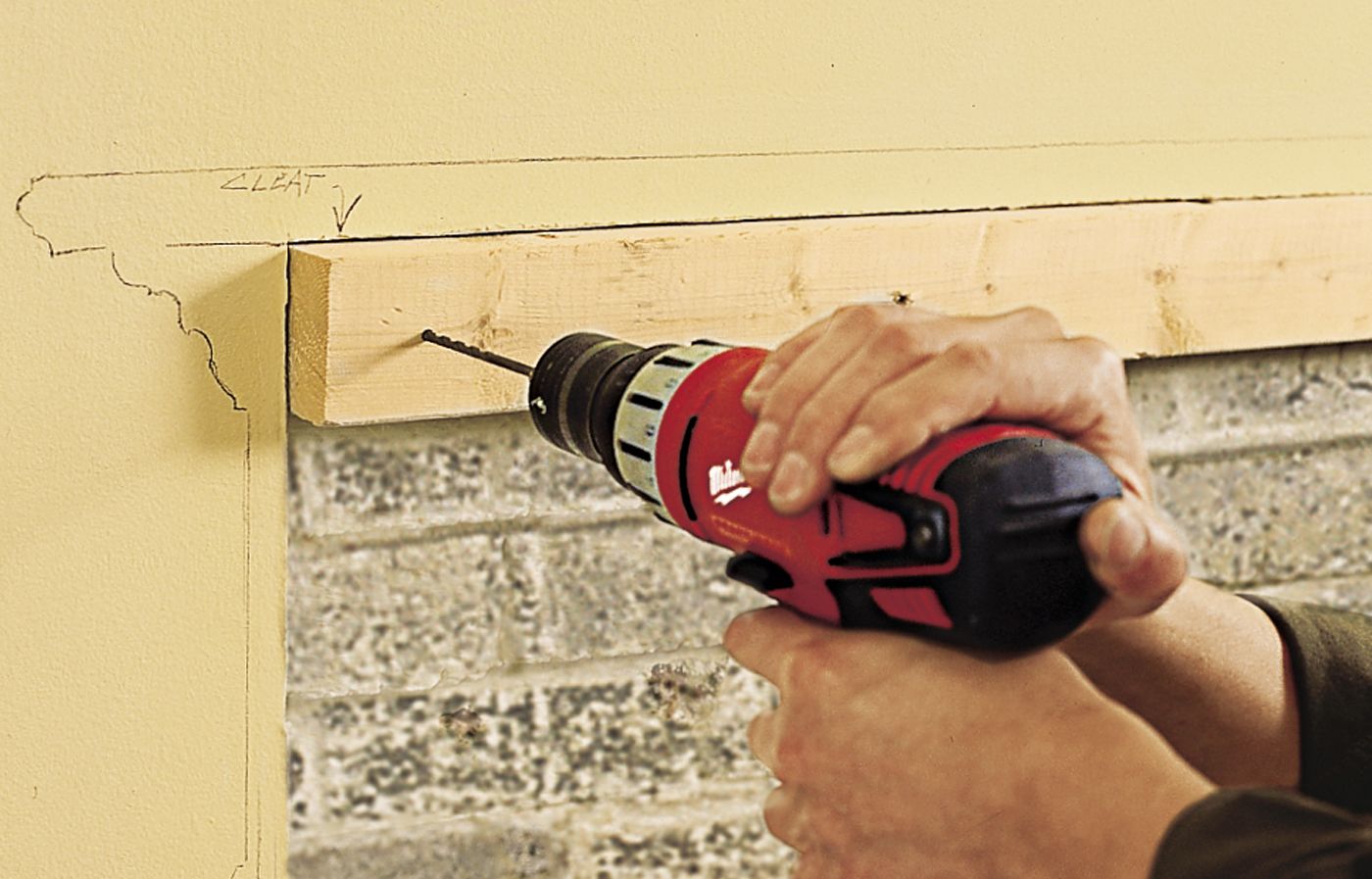
Prepare the wall for cleat attachment:
- Measure the thickness of the mantel edges that will sit flush against the wall.
- Mark this distance on the wall at several points inside the pencil outline of the mantel.
- Use a 3-foot level to connect these marks, creating a guide for cleat placement.
- Hold the top cleat against the wall along this line.
- Using a carbide-tipped masonry bit in a hammer drill, bore four evenly spaced 1/2-inch-diameter pilot holes through the cleats and into the brick.
Tip: Always drill into the brick itself, not the mortar. Brick is denser and will provide a more secure hold for the screws. Creating accurate pilot holes ensures that the cleats will be securely attached to the wall and will provide a firm foundation for the mantel.
5. Attach the Cleats
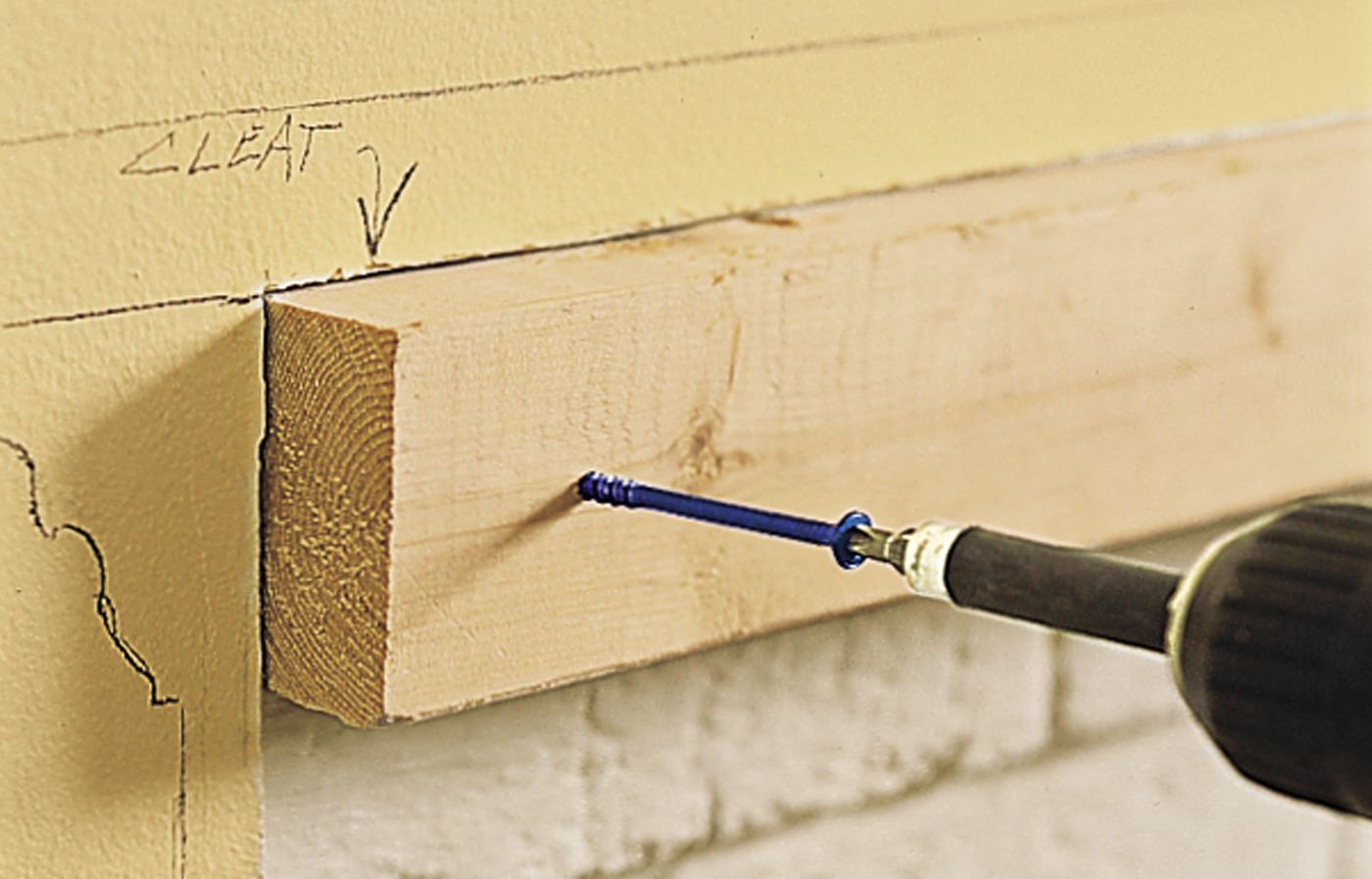
Secure the cleats to the wall:
- Switch your hammer drill from hammer-drill mode to drill-only mode for this step.
- Fasten the top cleat to the brick using 2-and-1/2-inch concrete screws.
- Repeat the process for the side cleats, ensuring they are level and properly aligned.
- Drive the screws through the pilot holes you drilled in the previous step.
Note: If you’re attaching the mantel to a conventional wood-stud wall, use 3-inch decking screws instead of concrete screws for proper anchoring.
6. Install the Mantel
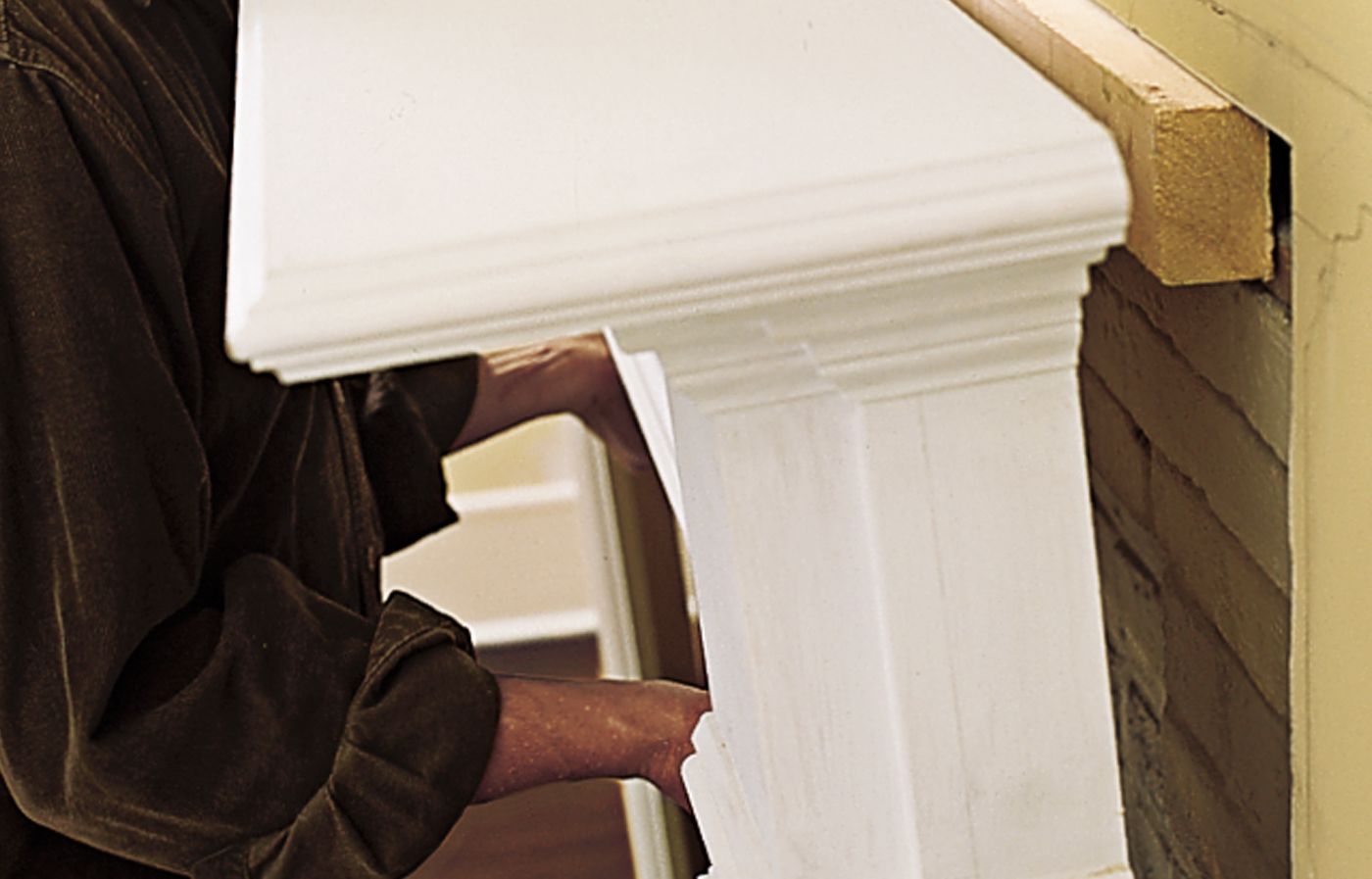
Now it’s time to install the mantel:
- Carefully fit the mantel over the cleats, aligning it with the outline marks on the wall.
- Press all edges flush against the wall before fastening.
- If the cleats are positioned right, the mantel should fit over them like a sleeve.
- Turn off the drill’s hammer action for this step.
- Use a driver bit to drive 2-inch finish screws every 16 inches along the back of the shelf above the center of the top cleat.
- Repeat this process through the outer edges of the legs (not the face) into the side cleats.
7. Secure the Mantel
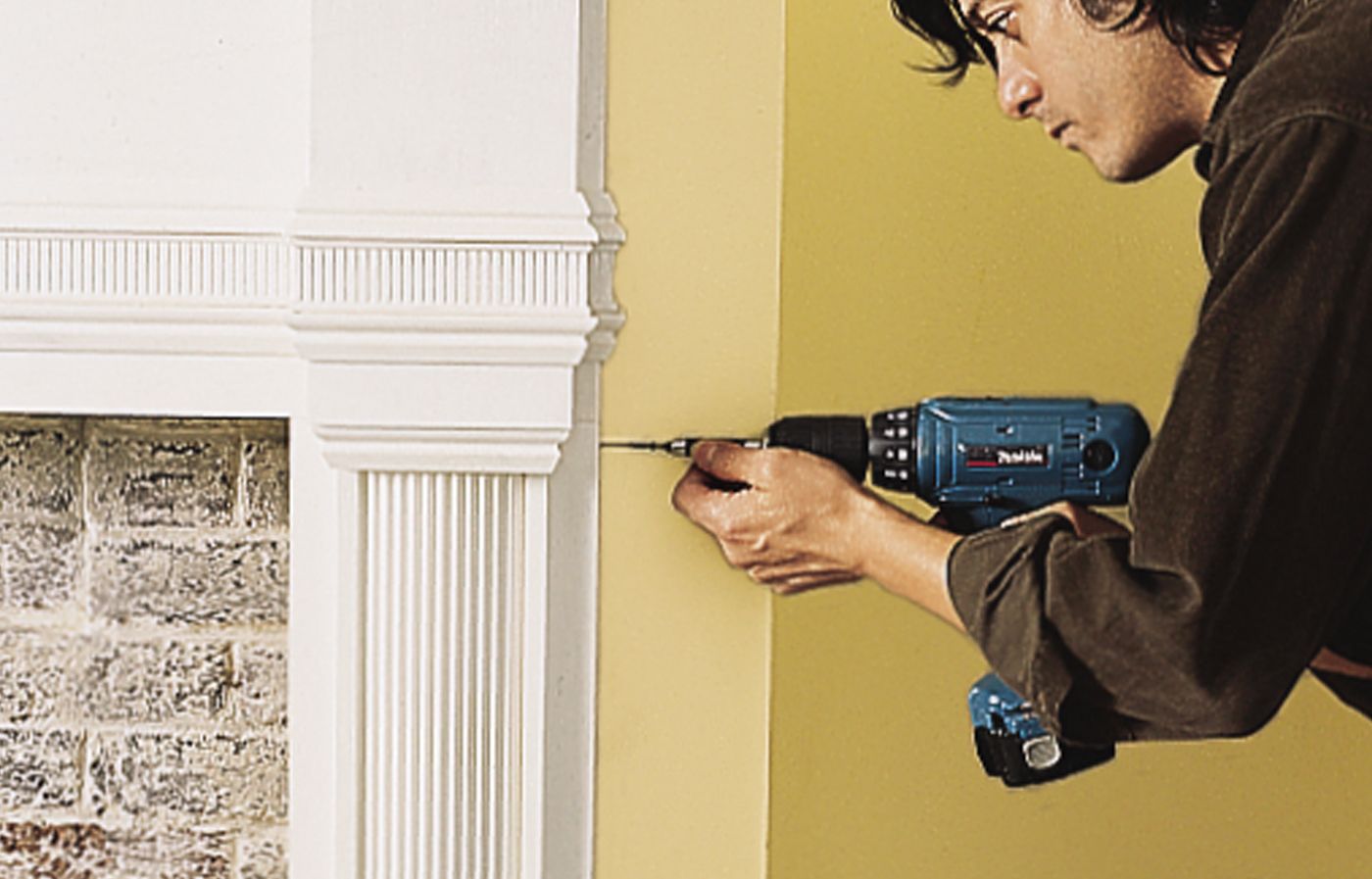
Ensure the mantel is firmly attached:
- Use a Phillips screwdriver bit to drive 2-inch finish screws (also known as trim head screws) every 16 inches along the back of the shelf above the center of the top cleat.
- Do the same through the outer edges of the legs (not the face) into the side cleats.
- Set the screw heads just below the surface, so they can be concealed later with wood filler or putty.
8. Finish the Mantel
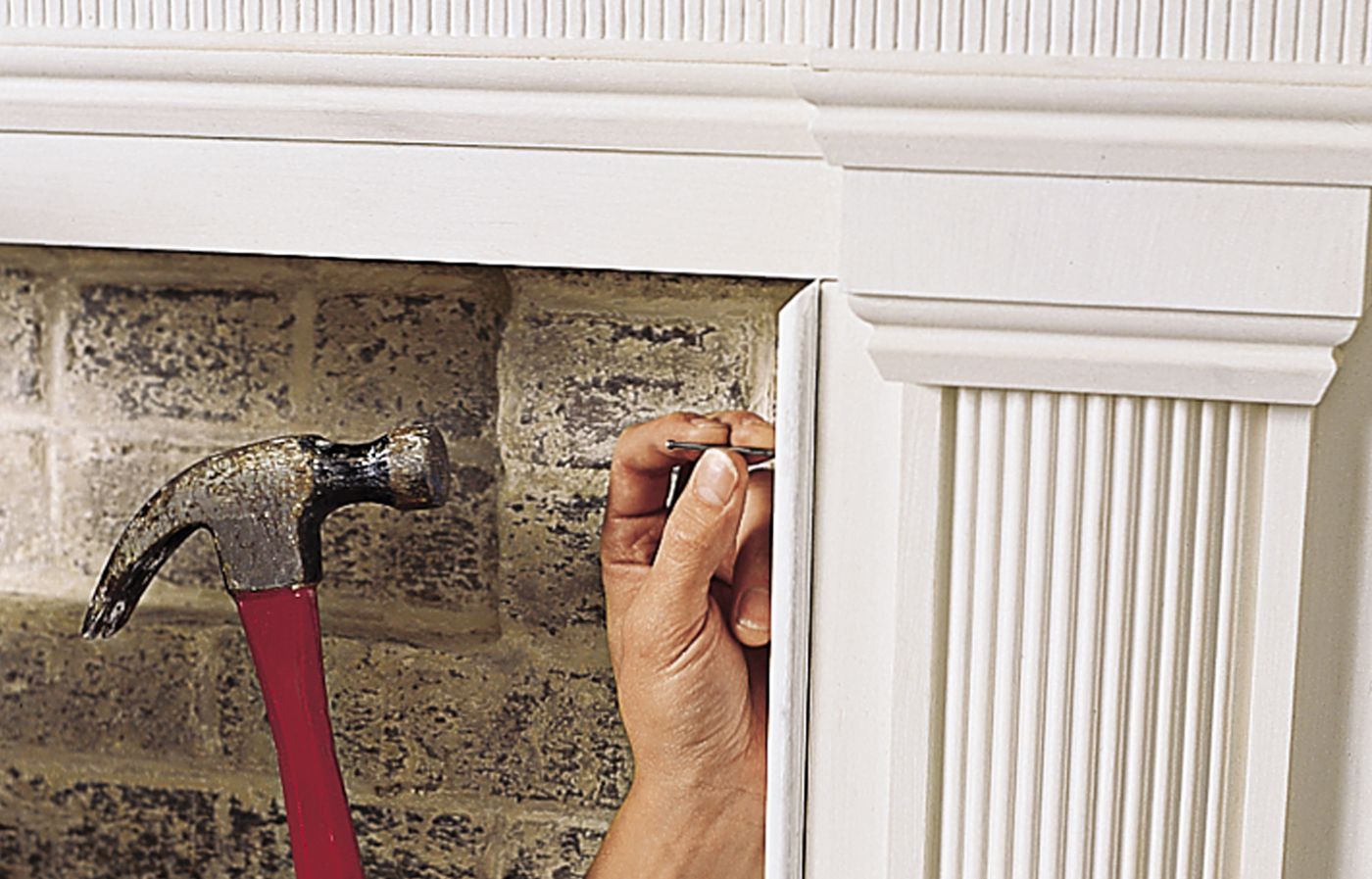
Complete the installation with these finishing touches:
- Using a hammer and 4d finish nails, attach thin pieces of edge molding along the mantel’s inner opening to cover any gap between the mantel legs and the brick.
- If you plan to paint the mantel, caulk any gaps along the wall for a seamless look.
- Fill the screw holes with wood putty (or wood plugs if you’re not painting).
- Apply the final coat of paint or finish.
